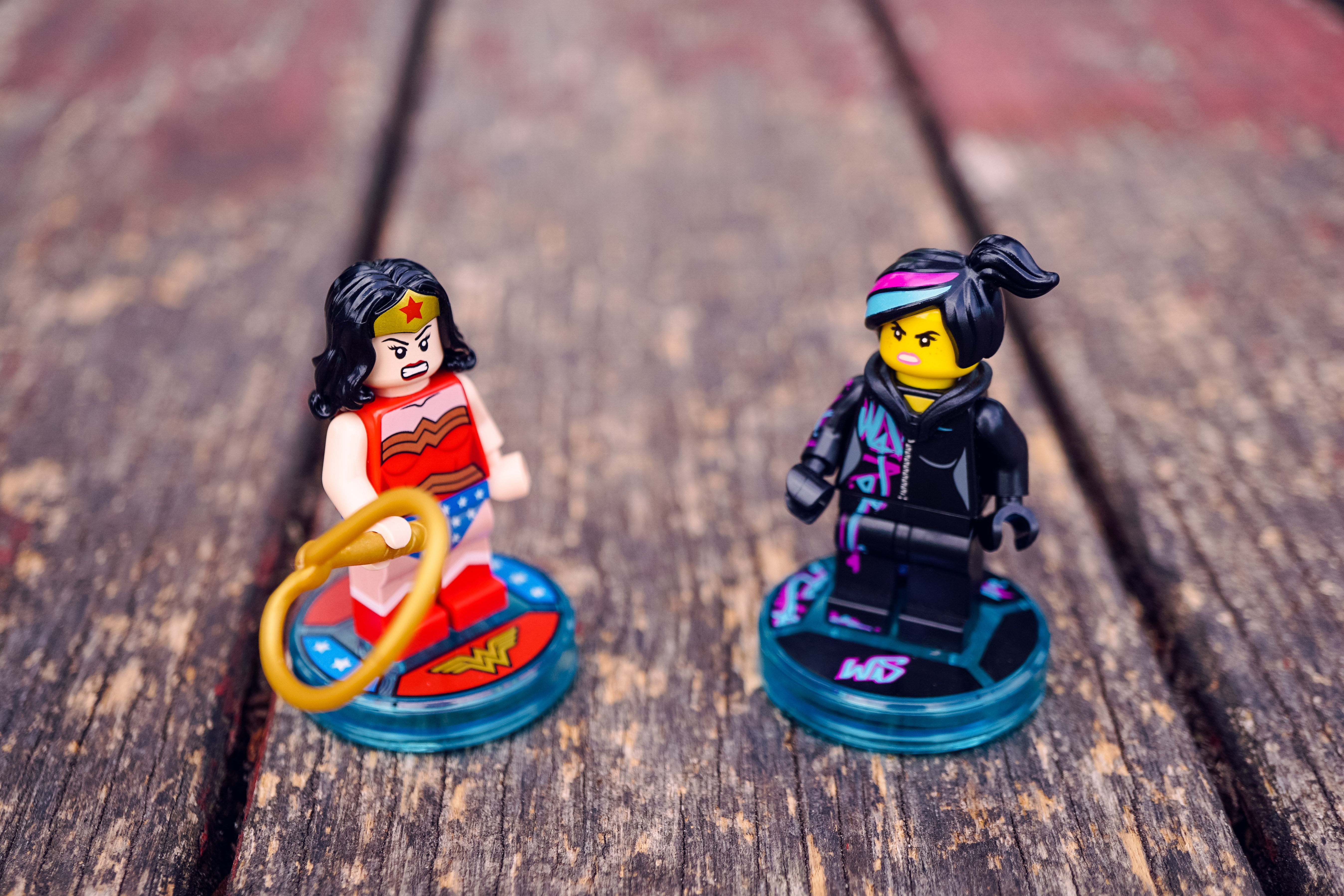Move over Carl Jung – there are 12 new marketing archetypes in town

Carl Jung created 12 characters – archetypes – based on the unconscious beliefs that reside in society.
You will recognise them everywhere: The Warrior – traditionally masculine attributes like physical strength and aggression. The Caregiver – traditionally feminine attributes like nurturing and innocence.
In 2018, these archetypes are outdated, and people are switching off for lack of relatability.
In fact, 50% of the population don’t relate to the way that these archetypes are expressed in advertising and media.
At Mumbrella360, Milica Djurovic and Sarah May of 303 MullenLowe took us through some of the reimaginings of the Jungian archetypes that could be adopted by advertisers and media to create change.
The biggest change surrounded attributes which aren’t gender-specific.
Case in point: ‘The Hero’
Historically male, and when women are portrayed as heroic they’re given unattainable Amazonian characteristics.
Their update included unisex qualities such as bravery, idealism, pride, self-sacrificial, understanding and striving for the greater good, citing Nike as a prime example of a brand who have embraced this new archetype of the hero.
The need to change the archetypes we use in media and marketing stretches beyond the perpetuation of gender stereotypes and the harm they create – it’s a business move.
Stereotypes in marketing turn away audiences. Women, especially, are switching off.
May tells us that 9/10 women find advertising efforts which target women to be “downright cringey”.
66% of women have actively switched off TV, movies and ads if they were negative stereotypes.
And not forgetting men. The #3 trending search on Getty images this year was ‘masculinity undone’, a redressing and adjustment of the hyper-masculine man.
“Why does Victoria’s Secret market their underwear bought by the masses using unrealistic, idealised bodies?
“Why are condoms manufactured in black and gold and marketing toward men?
“Why are incontinence pads shrouded in mystery and marketed toward older generations, when one in three women experience it?”
Or, specifically in music – a blatant example is club night billboards preferencing softcore porn shots of women in lingerie, such as Gold Coast’s MP’s Nightclub which Ad Standards thankfully pounced on – see more here.
What about love interests in video clips shown in shorts shorts and lingerie; typecast characters ranging between the doe-eyed innocent or the sex-bomb?
Why do ads for drums and guitars more frequently depict men? (My favourite one-liner of a drumming girlfriend of mine, when confronted by a fan amazed at her skill, quipped – “I know, it’s amazing, my ovaries make it so difficult for me to keep in-time.”)
What about festival and event after movies which show predominantly caucasian 20-somethings with model good looks? Or the listener stereotype of Deb from Dubbo being the 50-something who’s so out of touch with technology that she still buys CDs.
In a disclaimer from Djurovic – marketing which acknowledges stereotypes in a comedic way are okay; it’s the ones approached seriously which create lasting harm.
At the end of the day, completely revamping our ideas about archetypes and presenting our audiences with a new lens through which we approach gender is for the benefit of the next generation: “If they can see it, they can be it.”

































